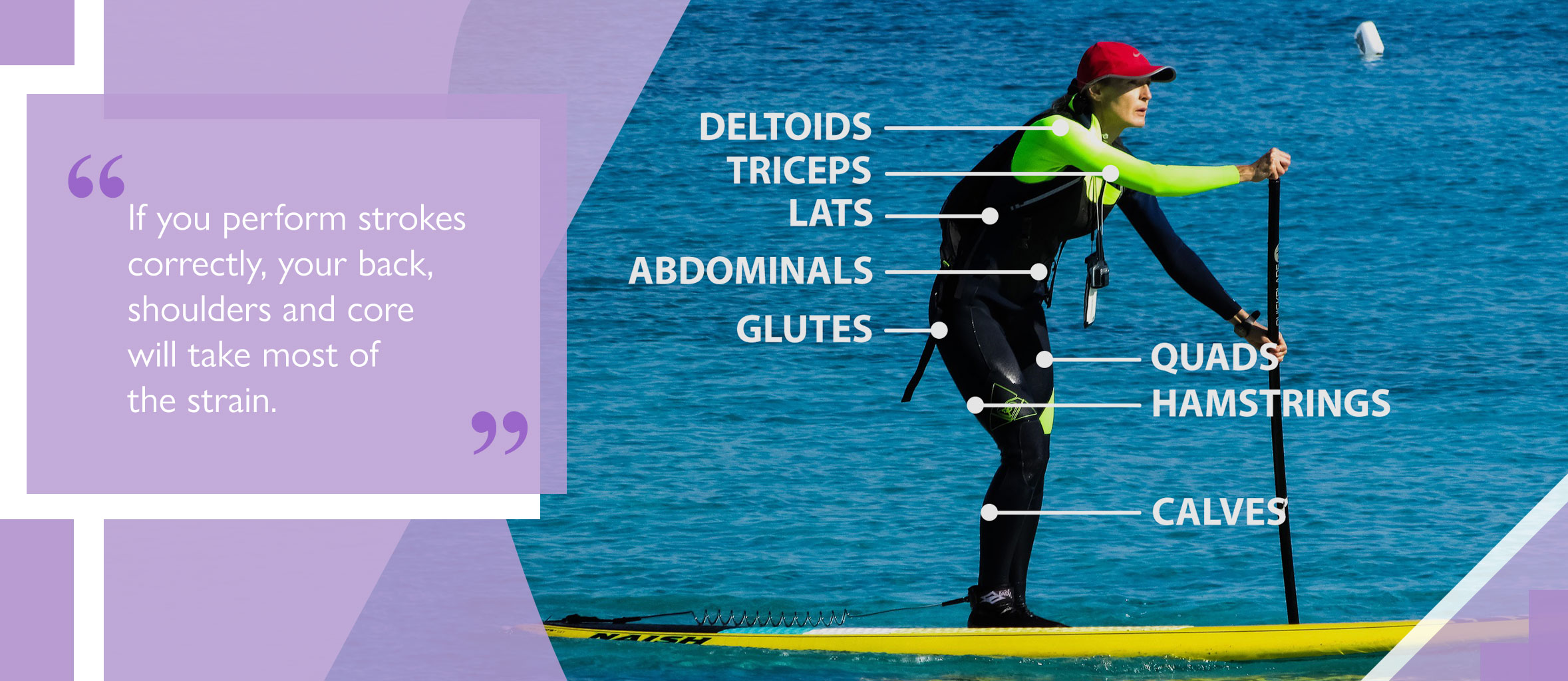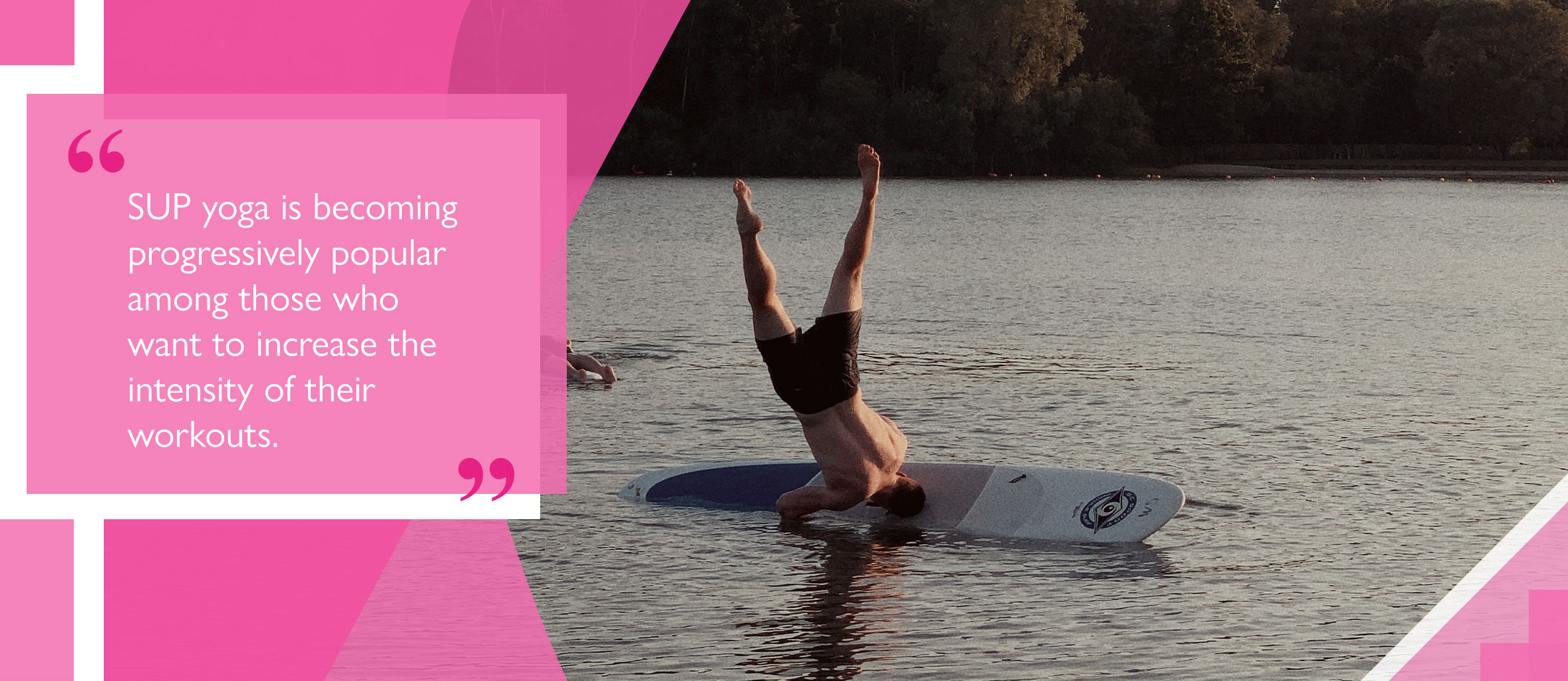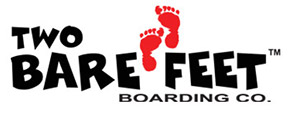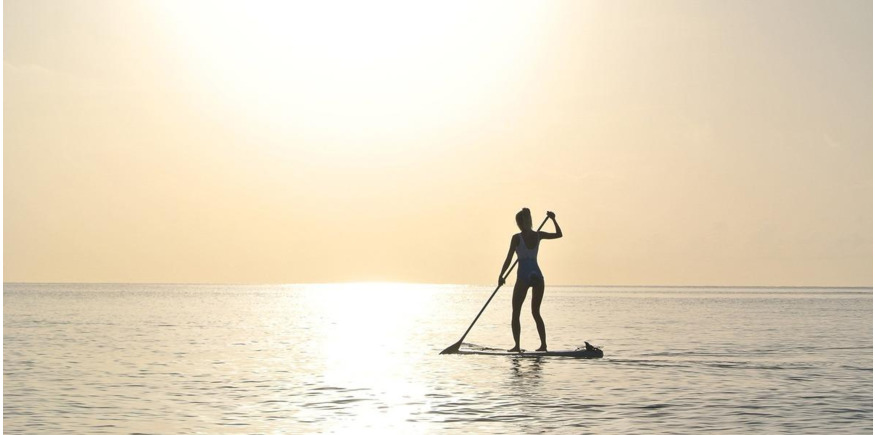The exercise benefits of paddle boarding are practically endless. Not only does paddling offer an immersive outdoor experience, but it’s also a fantastic form of exercise. Paddleboards provide users with a full-body workout, that gently improves endurance and core strength.
How many calories does paddle boarding burn?
You’re bound to burn a significant number of calories while you’re out using your paddleboard. You can make the workout as intense or moderate as you like, as you’re free to paddle through the water at your own pace. This makes paddleboarding a great option for those interested in paddling both as a sport and a relaxing hobby.
In order to discover how many calories you’ll burn on average, you can use a calorie burning calculator. The calculator will ask you for your weight and how long you’ll be paddleboarding for. How many calories you burn also depends on what type of paddle boarding you’re doing. For instance, if you’re SUP surfing or SUP racing, you’ll burn far more calories than you would paddling recreationally.
Another factor to consider is the water conditions; if waters are choppy and winds are high, you’ll burn significantly more calories than you would paddling on a calm, flat day.

Which muscles are targeted during paddle boarding?
A common misconception is that paddleboarding requires immense arm strength. However, if you perform strokes correctly, your back, shoulders and core will take most of the strain. These muscle groups are much larger than the former, meaning that you’ll be less prone to fatigue if you’re executing strokes properly. By using your whole body and predominantly your larger muscle groups, you’ll be able to power the board through the water more efficiently, for longer and at higher speeds.
Core: Paddleboarding acts as an excellent form of exercise for your abs, with your abdominal muscles subject to a test of endurance if you’re out paddling for an extended period. You use your core strength for two things while paddling: to stabilise yourself and as a source of power for each stroke you take. Rather than relying on your biceps and triceps to do all the work, it’s important to engage your core while paddling.
We find the best technique is to let your hips rotate and your shoulders turn with the blade as it enters the water, which engages your obliques and abdominal muscles. This takes some of the strain off your arms, preventing you from getting fatigued too quickly.
Back: Your back will also provide a large amount of power when performing strokes. The lats (short for Latissimus Dorsi) are the largest muscle of the back, so you want these muscles to be doing most of the work. To ensure this happens, make sure you are paddling with stacked hands, keeping your bottom arm extended at all times. This will relieve undue stress on the joints and ensure your lats are doing the hard exercise.

Shoulders: Your shoulders act as pivot points between your core and back while paddling. Although they don’t act as a primary power source, they’re extremely important in relieving some of the pressure that would otherwise be placed on your arms and back. The most important thing is to always listen to your body. If your arms are aching, engage your shoulders to make sure they’re taking some strain. Likewise, if your shoulders are beginning to feel tired, focus on engaging your core and back muscles, in order to balance which areas of the body you are exercising.
Legs and feet: To remain balanced on your paddleboard and sustain the correct posture, you’ll need to engage a range of muscles in your legs and feet. To do this, you should keep your knees bent while paddling, squatting down slightly when you perform each stroke. This will help the core in keeping your balance and provide extra power for each stroke. Your feet will play a similarly important role, with over a hundred tiny muscles working to keep you balanced and stable.
Doing yoga on a paddle board
SUP yoga is becoming progressively popular among those who want to increase the intensity of their workouts. Doing yoga on a paddle board provides the ultimate core workout, offering an additional level of intensity to regular land-based yoga. Added benefits of SUP yoga include being surrounded by stunning scenery, as well as the peace and tranquillity experienced out on the water.
Here at Two Bare Feet, our inflatable paddle boards have the highest air pressure rating offered among inflatable SUP manufacturers. This means our boards are extremely steady, offering much-needed stability while performing more advanced yoga poses. Our boards are also equipped with diamond-cut deck pads which offer maximum grip to prevent any accidental slips.

Want to exercise on a paddle board?
If you’d like to reap the rewards of a full-body paddle board workout, we have a whole range of inflatable SUPS on offer. With a variety of options to suit all budgets and abilities, we’re confident we have the perfect paddleboard to help you revamp your exercise routine.
If you’d like help choosing your paddleboard or for further information regarding our SUP range, please do not hesitate to contact us.




